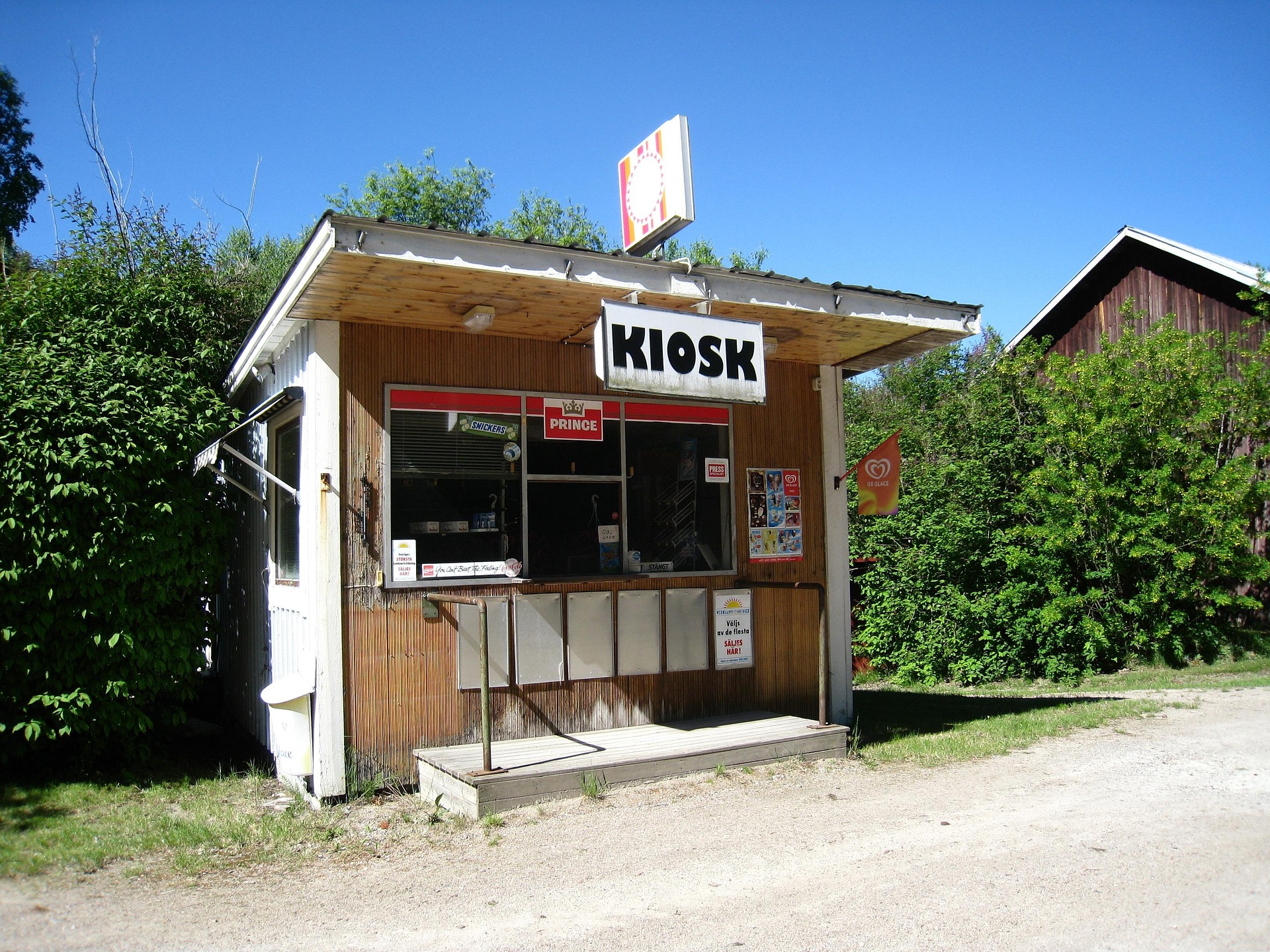COB vs. EOD Explained: When To Use Each

October 16, 2025

A lot of jargon and vernacular gets thrown around in the business world, and people tend to take a lot of things for granted. That’s particularly true when discussing deadlines. Consider close of business (COB) vs. end of day (EOD). Depending on who you ask, they might mean the same thing. While it’s always best to be clear and transparent in any business environment, it’s also useful to know how certain terms are generally understood.
Although they’re often used interchangeably in a fast-paced business, COB and EOD refer to distinctly different cutoff points. One is inherently tied to the human working day, while the other is tied to the calendar clock. Understanding the context, especially how they interact with time zones, isn’t just semantics. So, let’s get into it.
What Is COB?
COB explicitly means close of business, referring to the time a specific business operation, physical office, or department ceases activity for the workday. The implied time is generally 5:00 PM or 6:00 PM local time.
Context is important here. COB is tied to the availability of human team members. If someone needs to receive, process, review, approve, or manually act upon an item before they log off for the evening, COB is the appropriate cutoff. COB is critical in fields like finance, legal services, or logistics where fixed closing hours are standard.
There is a specific hang-up of COB: Time zones. Close of business for a team in New York is not the same as it is for a colleague in Los Angeles. As such, it’s important to clarify the timezone you’re referring to whenever discussing COB, especially in today’s remote working age.
What Is EOD?
EOD refers to the absolute, technical end of the calendar day. It’s literally “end of day.” The implied time is 11:59:59 PM local time and is tied strictly to the calendar clock. It’s often used for system-based deadlines, such as automated report generation, cloud-based batch updates, or system-to-system file transfers.
EOD offers more flexibility, allowing individuals to work late into the evening or process final thoughts before midnight. However, it’s not as simple as it looks due to — you guessed it — timezones. EOD Friday for a recipient in London is vastly different from EOD Friday for a colleague in San Francisco. Vague terms like EOD invite assumptions about whose timezones take precedence so, again, it’s imperative to clarify the timezone.
How COB vs. EOD Works with Timezones
Both COB vs. EOD have issues with operational gaps and timezone ambiguity. If you tell a team member a deliverable is due at “COB,” you expect it to be in your inbox with time to review it that afternoon. If you say “EOD,” you’re acknowledging you probably won’t see it until the next morning. That can be a critical misconception.
But the more frustrating (and common) misunderstanding is with timezones among remote and global teams. Some people assume everyone understands that “EOD” means end of day for them without clarifying. Others assume the recipient of a project understands it’s EOD for them. Either way, you’re risking missed deadlines or pushing employees towards burnout, which is at record highs.
For instance, say a project manager in New Delhi (IST) sets a deadline for “EOD Friday” for a developer in New York (EST). The developer might deliver the task at 11:59 PM EST on Friday, which is 9:29 AM Saturday in New Delhi—a missed deadline that costs a full weekend of productivity for the reviewer.
Best Practices for Setting Unambiguous Deadlines
To eliminate confusion and ensure seamless collaboration, always move beyond COB/EOD jargon and prioritize specificity. Here are some best practices:
| Best Practice | Rule | Example |
|---|---|---|
| Prioritize Precision | Always use specific, absolute times. Do not rely on abbreviation. | "Send by 4:00 PM EST tomorrow" |
| Specific the Time Zone | If you must use a partial abbreviation, the time zone is mandatory and must relate to the receiver or designated project hub. | "Report due EOD Friday in PST" |
| Use Universal Time (UTC/GMT) | For large, global projects with decentralized teams, set the deadline in Coordinated University Time (UTC). This forces everyone to convert, ensuring clarity across all regions. | "Final review due Thursday, 23:00 UTC" |
| Use Calendar Invites | For any crucial delivery, create a placeholder meeting/event on a shared calendar (e.g. Google Calendar). This software automatically converts time to each participant's local zone. | Create an event named "Deadline: Final Report Submission" at 5:00 PM in the project's chosen time zone. |
FAQs
EOD is technically later. Assuming a 5 PM COB, EOD (11:59 PM) gives the submitting party an additional seven hours of working time.
You can, but only if you use it in conjunction with a precise time zone, like “COB 6 PM CST.” A better practice is to use a universal standard like UTC or set a specific time, such as 17:00 UTC.
EOW stands for “End of Week.” Similar to EOD, it is ambiguous. It usually means 11:59 PM on Friday, but again, the time zone must be specified.
Take a look at our news on Business Essentials

 by Nick Perry
by Nick Perry

 by Nick Perry
by Nick Perry

 by Nick Perry
by Nick Perry

 by Nick Perry
by Nick Perry

 by Shanel Pouatcha
by Shanel Pouatcha

 by Nick Perry
by Nick Perry

 by Nick Perry
by Nick Perry

 by Nick Perry
by Nick Perry

 by Nick Perry
by Nick Perry

 by Sandra Robins
by Sandra Robins

 by Shanel Pouatcha
by Shanel Pouatcha

 by Nick Perry
by Nick Perry